Varroc Aims To Leverage GPS And ABS Sensors To Provide TPMS Data
- By Nilesh Wadhwa
- January 09, 2025
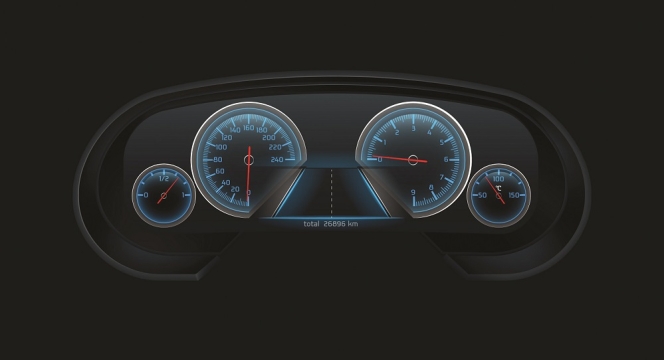
The Tyre Pressure Monitoring System (TPMS) tech, despite its huge safety benefit, is still seen as a premium feature in most mass-market passenger vehicle segment and two-wheelers in India. Aurangabad-based component supplier Varroc’s Indirect TPMS with over 90 percent accuracy aims to make smart inroads. Tier 1 automotive supplier Varroc is looking to harness the data from GPS sensor and Anti-Lock Braking System (ABS) sensors to provide tyre pressure information to two-wheelers and four-wheelers.
The company is looking to make smart gains through Indirect Tyre Pressure Monitoring Systems (ITPMS), which rely on existing sensors in a vehicle to generate the information without compromising on quality and time-lag.
 Fritz Abraham, Chief Technology Officer, Varroc, told Tyre Trends that “the direct TPMS uses pressure sensors at the air inlet of each tyre and communicates the information to the vehicle dashboard using wireless communication or through complex harness. This is not only expensive but also require heavy maintenance. If there exists a solution that can use the existing sensors and provide the information of tyre pressure, it is the ‘Indirect/Intelligent Tyre Pressure Monitoring System’. This system provides information of the tyre pressure without the need of a pressure sensor.”
Fritz Abraham, Chief Technology Officer, Varroc, told Tyre Trends that “the direct TPMS uses pressure sensors at the air inlet of each tyre and communicates the information to the vehicle dashboard using wireless communication or through complex harness. This is not only expensive but also require heavy maintenance. If there exists a solution that can use the existing sensors and provide the information of tyre pressure, it is the ‘Indirect/Intelligent Tyre Pressure Monitoring System’. This system provides information of the tyre pressure without the need of a pressure sensor.”
The radius of the tyre changes with respect to air pressure and hence the linear displacement per one rotation of tyre changes with respect to the pressure. The linear displacement can also be measured using GPS by calculating the rotational speed of the wheel and radius of the tyre.
The ITPMS solution simply put is a software stack that can be integrated with Varroc’s cluster and telematics solutions. The machine learning (ML) software analyses various parameters set by the company to provide tyre pressure reading to the user. Since it does not require any additional TPMS hardware, it is substantially cheaper compared to solutions using battery-based sensors.
“The ITPMS exploits the deviations in linear displacement with respect to wheel rotations and predicts the tyre pressure. This relation is not straightforward; it is a complex method to derive the mathematical equations. Hence, ML techniques are used to quantify the relation,” said Abraham.
The ITPMS primarily requires a GPS sensor (telematics data) and ABS, which is integrated during the vehicle assembly level. Varroc states that OEMs will be able to provide access to the tyre pressure on any HMI (Human-Machine Interface) device like the vehicle instrument cluster, vehicle telematics and connectivity app, among others, to easily provide the information of the tyre pressure.
Varroc had initially initiated the development of the ITPMS specifically for two-wheeler applications. The company mounted a GPS device on a two-wheeler equipped with ABS. It collected the data during vehicle operation across varied scenarios, including differing tyre pressures, diverse road conditions and various weather conditions such as sunny and rainy days.
“This data was then post-processed and analysed using data science and machine learning techniques to develop a model that accurately captures the relationship between tyre pressure, wheel speed and the speed as measured by the GPS. This model forms the foundation for understanding and monitoring tyre pressure indirectly using available data points from the vehicle’s operation,” he shared.
Demand scenario for TPMS
It is no secret that while TPMS technology has been around for more than a couple of decades, its adoption in India still remains a very small percentage. In India, most TPMS solutions available in the OE as well as aftermarket are Direct TPMS.
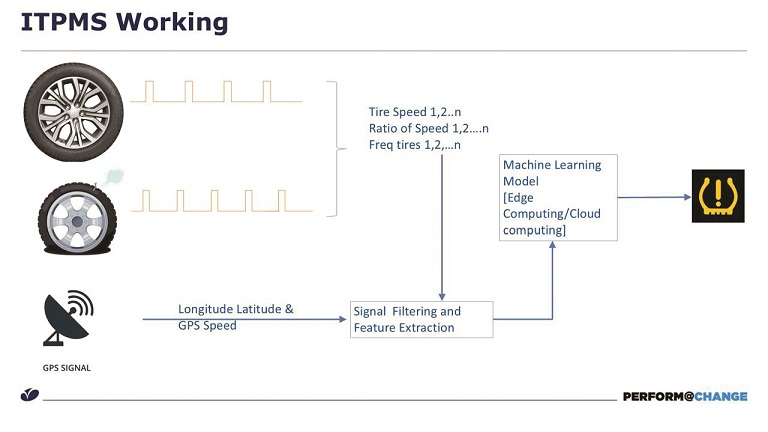
They are said to have their own set of challenges, such as its reliability due to varying temperatures, environmental and climatic conditions. Then there are the challenges associated with wireless communications. Sensor battery issues and cost too are deterrent factors.
On the other hand, the small percentage of vehicles that utilise existing ITPMS categorise the tyre pressure in broad classifications (low pressure or high pressure). They do not provide precise measurements, which limits their adoption and effectiveness in ensuring optimal tyre performance and safety.
However, Varroc already has developed the ITPMS to provide basic information (low or high); now it is in advanced stages of development to provide precise tyre pressure information with over 90 percent accuracy. While the company has been tight-lipped about the introduction of the solution in the market, Varroc is said to be in discussions with its clients to bring it to the market soon.
Abraham further shared, “The primary reason for the limited adoption of TPMS is cost. Premium segment vehicles often include TPMS as a standard feature due to the higher price range, making it more feasible to absorb the associated costs. In contrast, aftermarket TPMS solutions are generally expensive and demand ongoing maintenance, which can be a deterrent for many vehicle owners. Additionally, there is a general lack of awareness regarding the importance of maintaining optimal tyre pressure. Many drivers may not fully understand the safety, performance and fuel efficiency benefits of consistent tyre pressure monitoring, further impacting the adoption rate of TPMS systems.”
As per the company, the ITPMS comes with self-learning feature and is designed with 80 percent cold tyre pressure threshold and tested per AIS 154. The threshold can be further optimised and customised as per the requirement of the customer.
PCBL Chemical Appoints Nilesh Koul As Managing Director
- By TT News
- November 05, 2025

In a significant leadership transition, PCBL Chemical, a part of the RP-Sanjiv Goenka Group, has appointed Nilesh Koul as its Managing Director for a five-year term, effective immediately. The company's Board confirmed this appointment during its meeting on 3 November 2025 subject to final ratification by shareholders through a postal ballot. This change was prompted by the resignation of the former Managing Director, Kaushik Roy, who stepped down for personal reasons, effective from the same date. The Board emphasised that selecting Koul is a strategic step aimed at ensuring leadership continuity and driving the company's future growth.
Koul is an experienced leader with a career spanning 28 years across diverse sectors including metals, oil and gas, construction materials and FMCG. His professional background includes senior executive roles at prominent organisations such as Hindalco Industries, British Petroleum, Castrol India, LafargeHolcim and Pidilite Industries, where he managed international operations. His most recent position was Senior President and CEO of the Aluminium Downstream business at Hindalco Industries. Academically, he is a graduate of G B Pant University and an alumnus of IIM-Ahmedabad, and he also serves on the Board of the Aerospace India Association.
Tire Rack Co-Founder Mike Joines Inducted Into Tire Industry Hall Of Fame
- By TT News
- November 05, 2025
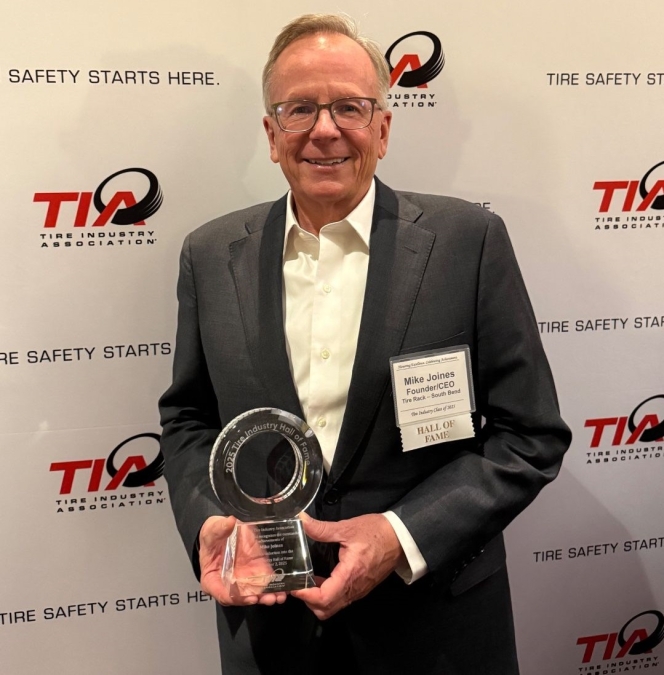
Tire Rack is celebrating the induction of its co-founder and longtime CEO, Mike Joines, into the Tire Industry Hall of Fame. The company credits Joines' automotive passion as the foundational spark for its mission to transform the tyre industry. Under his leadership, Tire Rack pioneered one of the first e-commerce platforms for tyre retailing, fundamentally changing how consumers research and purchase tyres.
The company’s philosophy, established by Joines, centred on empowering customers through comprehensive information rather than just completing a sale. This customer-first approach was built upon providing detailed product reviews, performance testing data, side-by-side comparisons and expert guidance.
Tire Rack also acknowledges that Joines understood the critical role of its team, noting that the ingenuity and integrity of its employees have been the true driving force behind decades of innovation and sustained customer trust. The company honours Joines as an enthusiast, innovator and leader whose devotion remains a source of inspiration.
Goodyear Posts USD2.2 Billion Quarterly Loss As It Completes Divestitures Under Goodyear Forward Plan
- By Sharad Matade
- November 04, 2025

Goodyear Tire & Rubber reported a net loss of USD 2.2 billion for the third quarter of 2025, weighed down by significant non-cash charges, even as its “Goodyear Forward” transformation programme continued to deliver strong operational benefits and major divestitures were completed.
The tyre maker said segment operating income rose to USD 287 million in the quarter, reflecting USD 185 million in cost-saving benefits from Goodyear Forward, which helped offset inflationary pressures, lower volumes and the absence of prior-year insurance recoveries.
“We delivered a meaningful increase in segment operating income relative to the second quarter in an industry environment that continued to be marked by global trade disruption,” said Mark Stewart, Chief Executive Officer and President. “This growth underscores our strong product portfolio and the consistency of our execution under the Goodyear Forward plan, both of which we expect to support further acceleration in our earnings during the fourth quarter.”
Goodyear’s quarterly net sales were USD 4.6 billion, with tyre unit volumes at 40 million. The company recorded a USD 1.4 billion non-cash deferred tax asset valuation allowance and a USD 674 million goodwill impairment charge during the quarter. Adjusted net income was USD 82 million, compared with USD 102 million a year earlier.
The company stated that all planned asset sales under its Goodyear Forward plan had now been completed, generating total gross proceeds of approximately USD 2.2 billion, which will be used to reduce debt and reinvest in growth.
On 31 October, Goodyear finalised the sale of the majority of its Goodyear Chemical business to an affiliate of Gemspring Capital Management, LLC, for USD 650 million, subject to adjustments. At closing, Goodyear received approximately USD 580 million in cash, which reflected working capital adjustments, including those for intercompany receivables.
“With the sale of our Chemical business, we have completed all of the planned asset sales included in our Goodyear Forward transformation program,” said Stewart. “Additionally, we surpassed initial expectations, with total gross proceeds from the divestitures of approximately USD 2.2 billion. As a result, we have a more focused, streamlined portfolio that will allow us to grow our core products and services and achieve our vision of being #1 in Tires and Service.”
The sale included Goodyear Chemical facilities in Houston and Beaumont, Texas, as well as a research office in Akron, Ohio. The company retains its chemical plants in Niagara Falls, New York, and Bayport, Texas, as well as the rights to the products produced there.
By region, the Americas segment reported third-quarter sales of USD 2.7 billion, a 4.2 percent year-over-year decline, as replacement tyre volumes decreased due to high inventories of imported products in the US market. Segment operating income fell to USD 206 million from USD 251 million.
In Europe, the Middle East and Africa (EMEA), sales rose 4.4 percent to USD 1.4 billion, supported by favourable currency movements and stronger price/mix. Operating income increased to USD 30 million from USD 23 million a year earlier.
Asia Pacific sales fell 18.9 percent to USD 501 million, reflecting the sale of the Off-the-Road (OTR) tyre business and softer demand in Japan, Australia and China. Segment operating income dropped to USD 51 million from USD 72 million.
Goodyear said it expects to achieve about USD 1.5 billion in annualised run-rate benefits from the Goodyear Forward programme by the end of 2025.
Nitto Tire’s Tomo Mizutani inducted into Tire Industry Hall of Fame
- By TT News
- November 04, 2025

Tomoshige “Tomo” Mizutani, advisor and former Chairman and Chief Executive of Nitto Tire USA Inc., has been inducted into the Tire Industry Hall of Fame, one of the sector’s most prestigious honours.
The induction, hosted by the Tire Industry Association (TIA), will take place in Las Vegas alongside the 2025 SEMA Show, running from November 4 to 7.
With more than four decades in the tyre industry, Mizutani is widely credited with transforming Nitto Tire USA from a struggling operation in the early 1990s into a billion-dollar brand recognised for its innovation, performance, and strong connection with car enthusiasts.
“Our 2025 inductees embody the spirit of innovation and service that defines the tyre industry,” said Dick Gust, CEO of the Tire Industry Association. “Their contributions have improved safety, expanded opportunity, and shaped the way we do business worldwide.”
Mizutani’s approach combined deep market insight with bold risk-taking. By engaging with emerging communities of young car enthusiasts and later expanding into the off-road segment, he helped reposition Nitto as a brand built around passion and creativity.
Known for embracing innovation, Mizutani was among the first to champion enthusiast-driven product development and leverage digital and social media marketing to build brand loyalty. Under his leadership, Nitto cultivated a social media community exceeding 13 million followers, making it one of the most engaged automotive brands online.
“When new game-changing innovations would arise,” Mizutani said, “we viewed them as huge opportunities instead of risks.”
A frequent speaker at leading universities and industry events, Mizutani has shared his philosophy of creativity, resilience and perseverance with aspiring business leaders, often reminding audiences to “never ever give up.”
“This honour is beyond my dreams,” Mizutani said. “I’ve been privileged to meet and learn from industry legends who inspired me since my first day in America. I am deeply grateful for the incredible people who have guided, challenged, and supported me throughout my journey.”


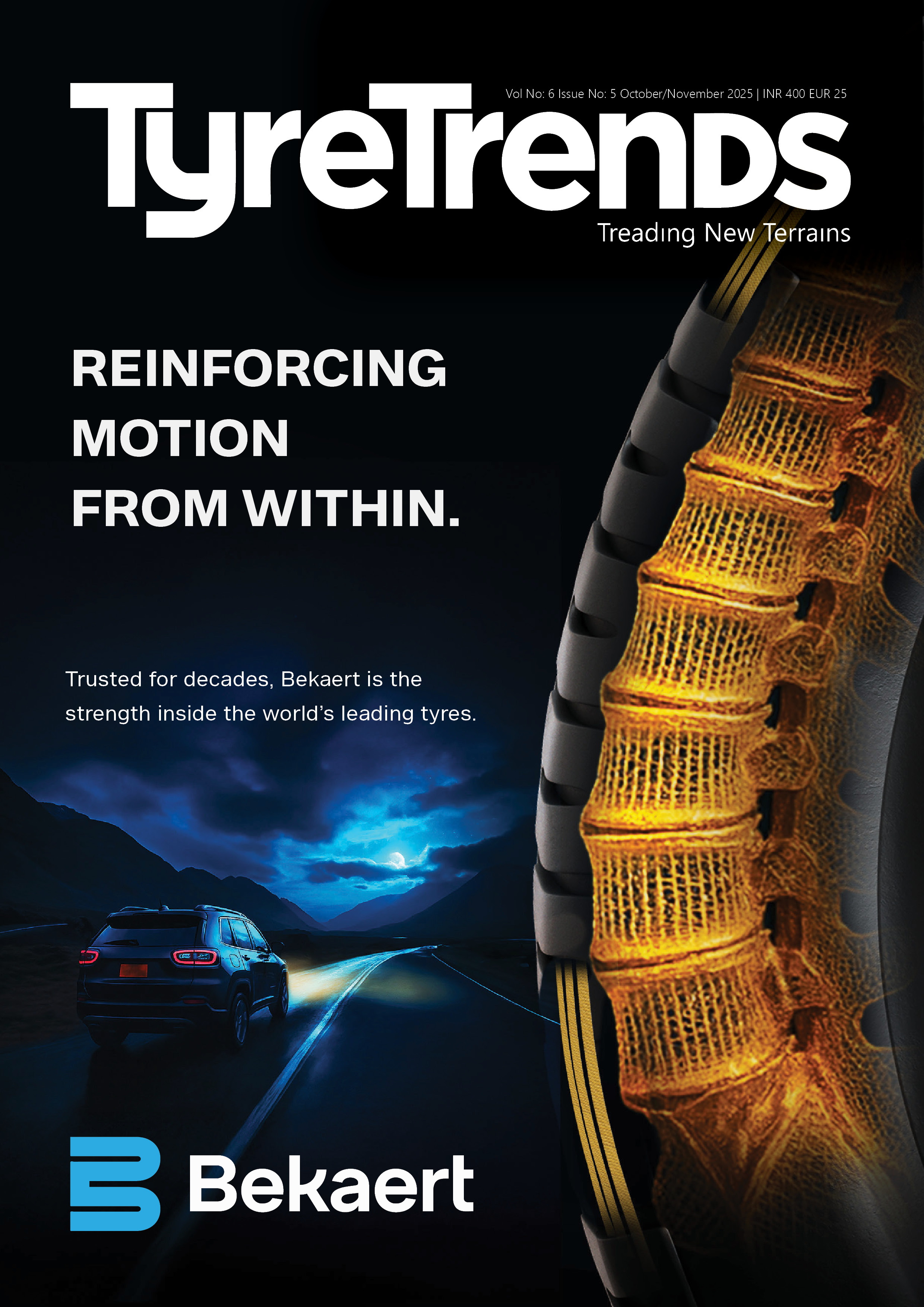
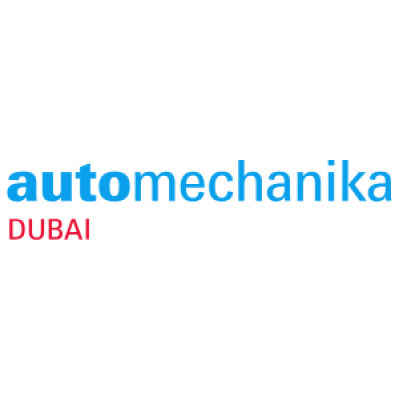



Comments (0)
ADD COMMENT